Another way the play informs audiences how gender, sexuality, and class are articulated and negotiated by Roma is in the scene “Gay&Roma&Vegetarian,” which focuses on Lindy, a Swedish traveler who identifies as a gay vegetarian artist, actor, and Roma. Lindy takes a lot of pride in coming out as gay, yet he feels discomfort doing it: “I’m proud to be gay, but it’s complicated. To be gay is filled with a lot of self-hatred. I’m openly gay but not always…”
This decision—to choose when to be “out”—makes Lindy feel as if he is betraying the gay community.
I’m not openly gay because I am afraid to be rejected. I want to be loved and accepted, I want to belong. And sometimes I am not openly gay because I am afraid of my own security.
This name-calling that gadje kids use on their Roma schoolmates shows us how white supremacy is a lesson taught to Roma children at a very early age.
Fear of rejection and abandonment, which are connected to his sexual identity, are fears many of us Roma gays live with. “It would be easier to be a straight man,” Lindy adds.
I have no problem being gay on stage, but I feel happy—gay—when people think I’m a straight man and when gay people say I’m straight acting, but that feeling is something I am really ashamed of.
Lindy exposes a common misconception about queer Roma. The Roma gay man often occupies two positionalities in the white gay male’s imagination. The first is as a victim of persecution, in which the persecutor is part of the Roma culture, where it is “natural” to reject the queer. This misconception is often reproduced in academic texts and popular culture, such as the movie Brothers of the Night, where Roma men who are either gay, bisexual, or have sex with men live under the veil of secrecy and have multiple lives. This representation coincides with the stereotype of Roma as untrustworthy and liars, which is then reproduced in majoritarian queer communities.
The second common depiction is the oversexualized Roma macho, who is always straight-passing and uses his masculinity as a toy to fulfill the white gay man’s desire for a hypersexual masculine object of consumption. His only use is production of pleasure—serving the purpose of an object, a consumable good, rather than as a subject who constructs his own identity or subjectivity.
Lindy is aware of all of these markers and knows his place, as a Roma gay man, in the hierarchy of power. He takes pleasure as well as pain in both disidentifiying with straightness and passing as straight, even when performing a straight-passing gender identity is a conscious choice that might save his life. Lindy also conveys how to heal the traumatic injuries brought upon him as a young person growing up. It is through an unlearning of images and representations that have defined the ways our bodies move in space, the ways in which we assume a right to exist the way we are, and how to redefine our bodies and claim spaces for the sake of our own pleasure.

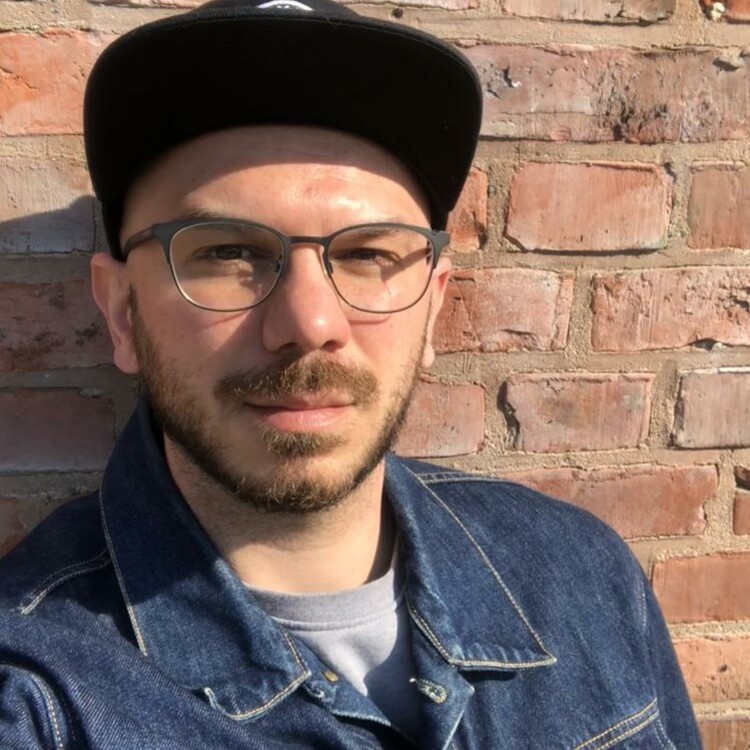
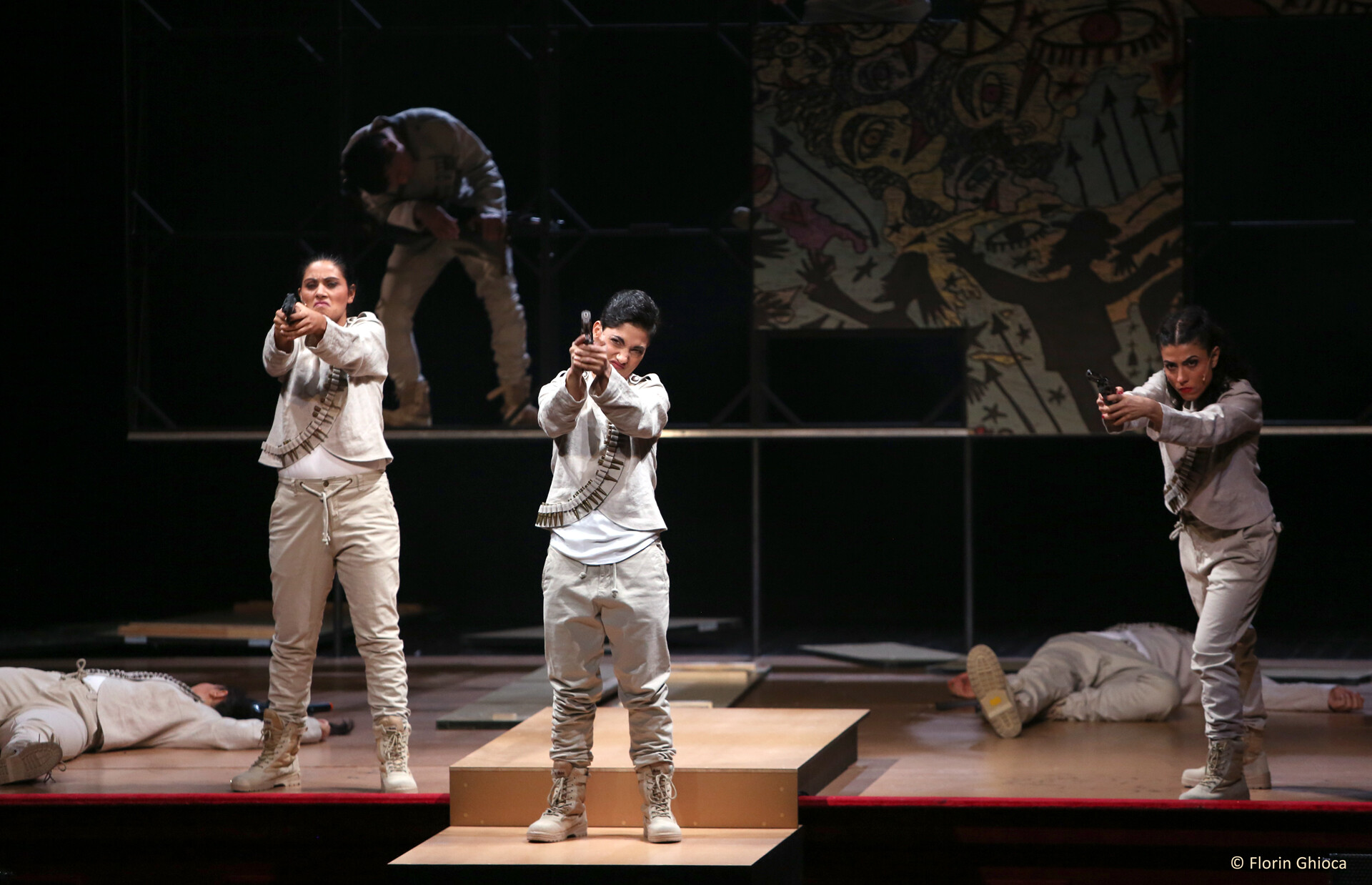
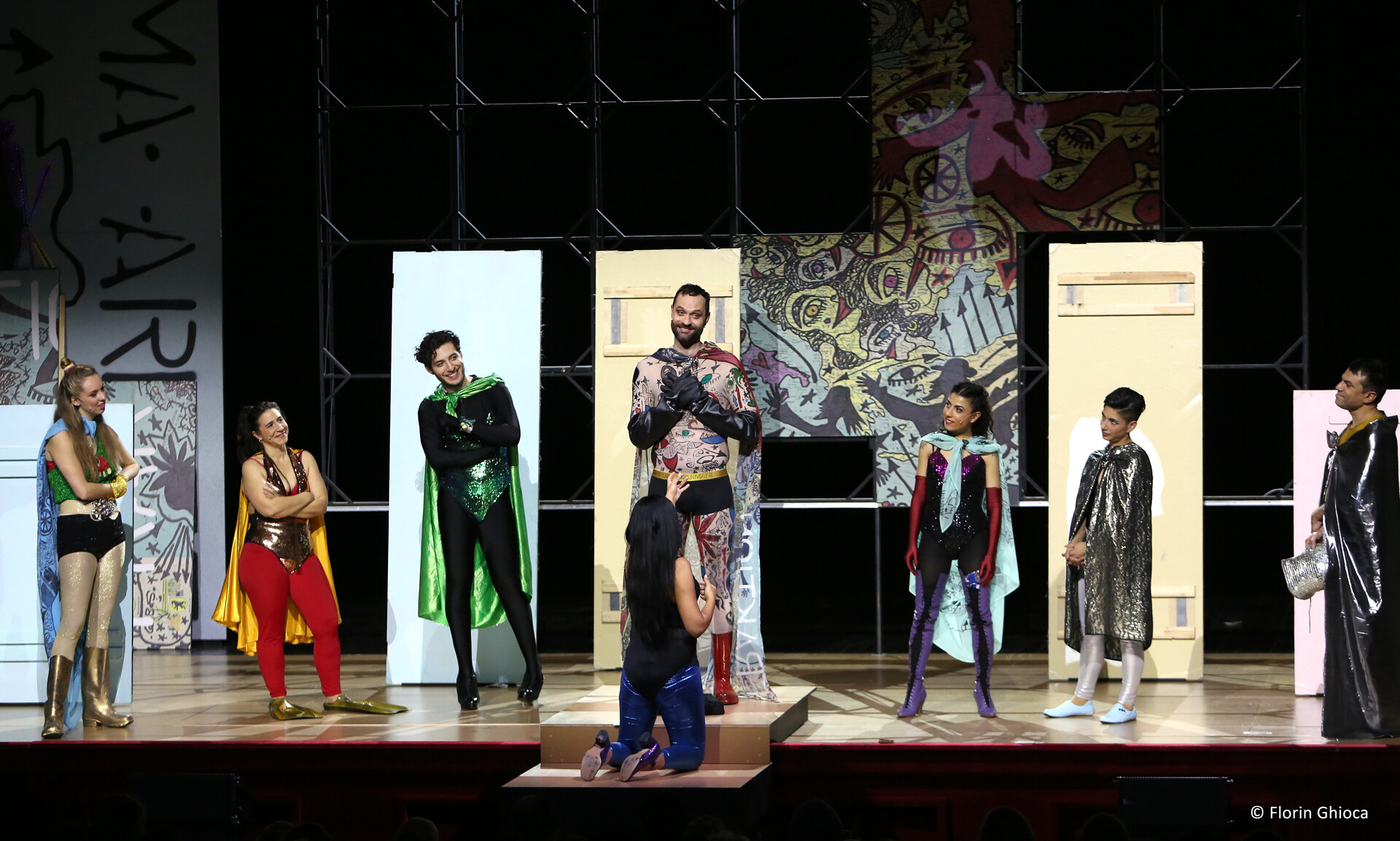
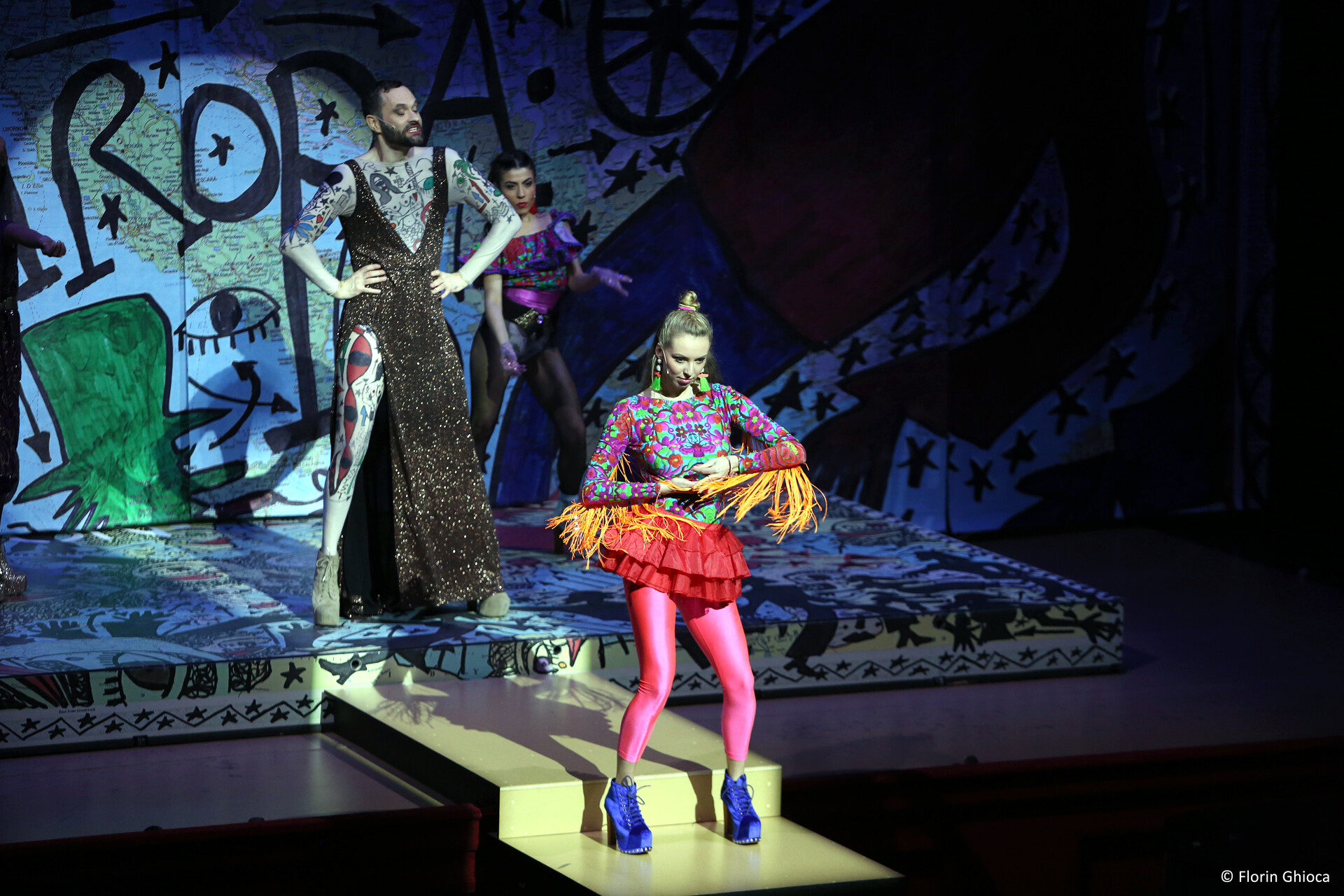

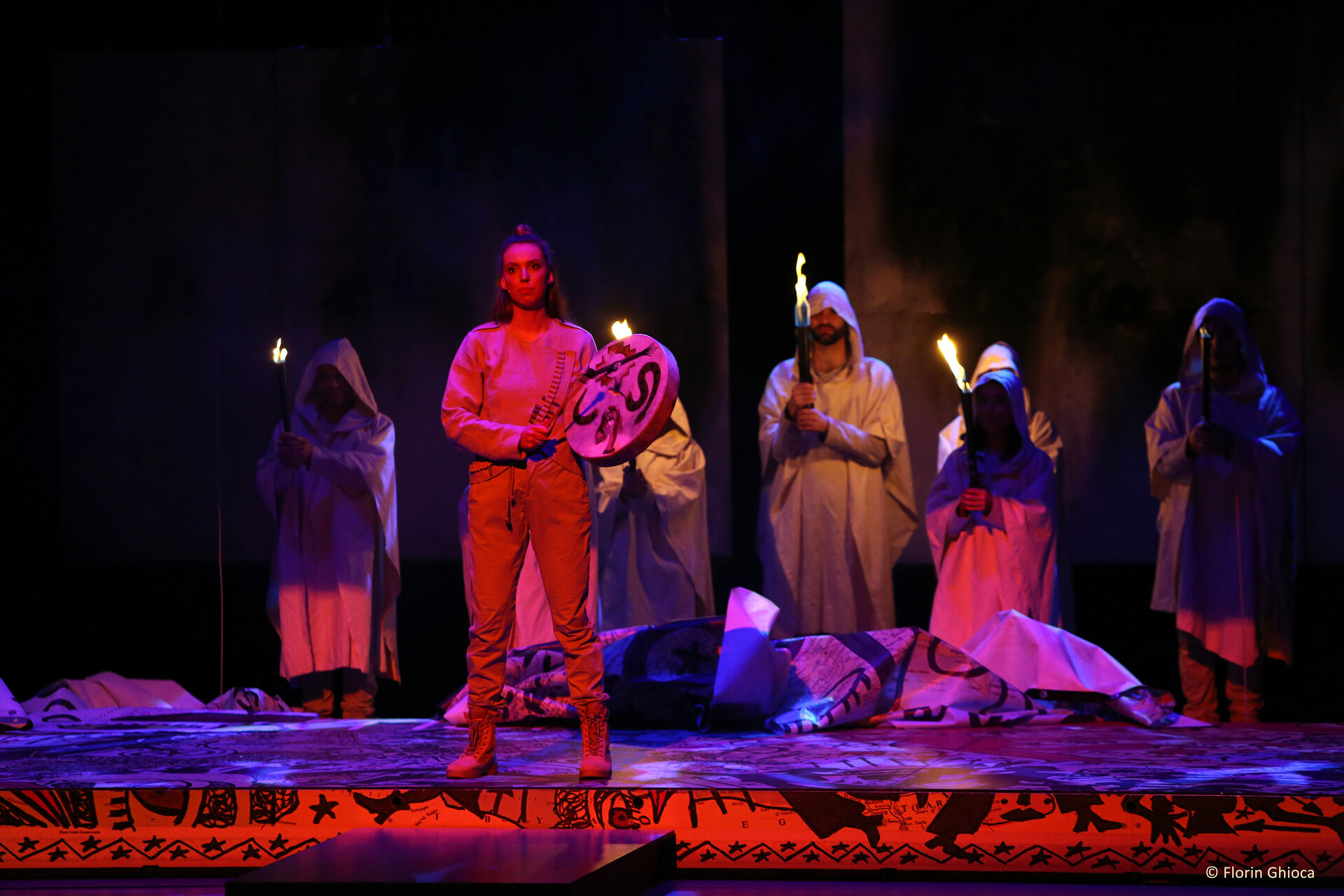
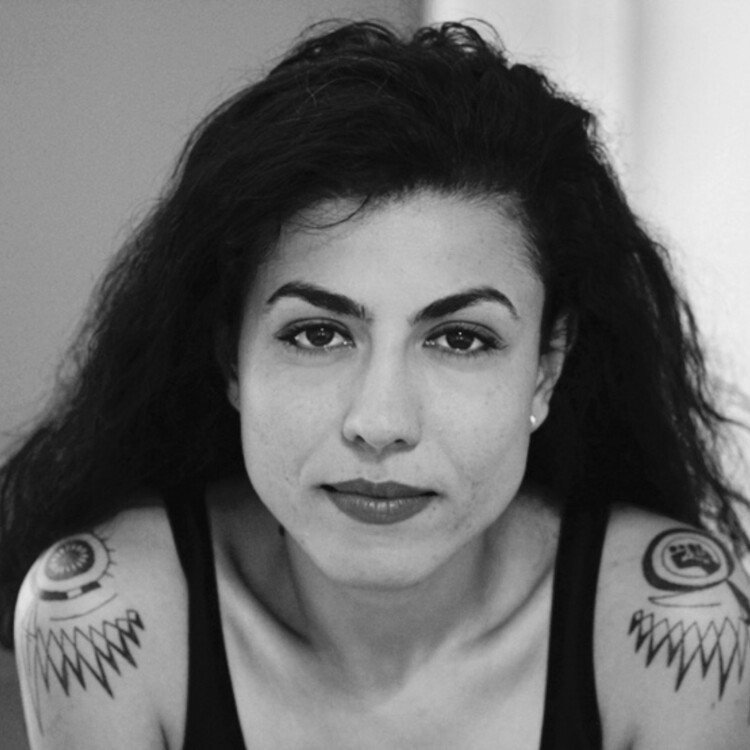

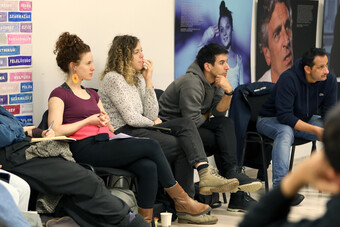


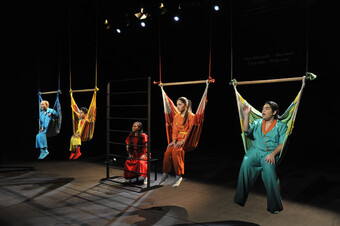


Comments
The article is just the start of the conversation—we want to know what you think about this subject, too! HowlRound is a space for knowledge-sharing, and we welcome spirited, thoughtful, and on-topic dialogue. Find our full comments policy here